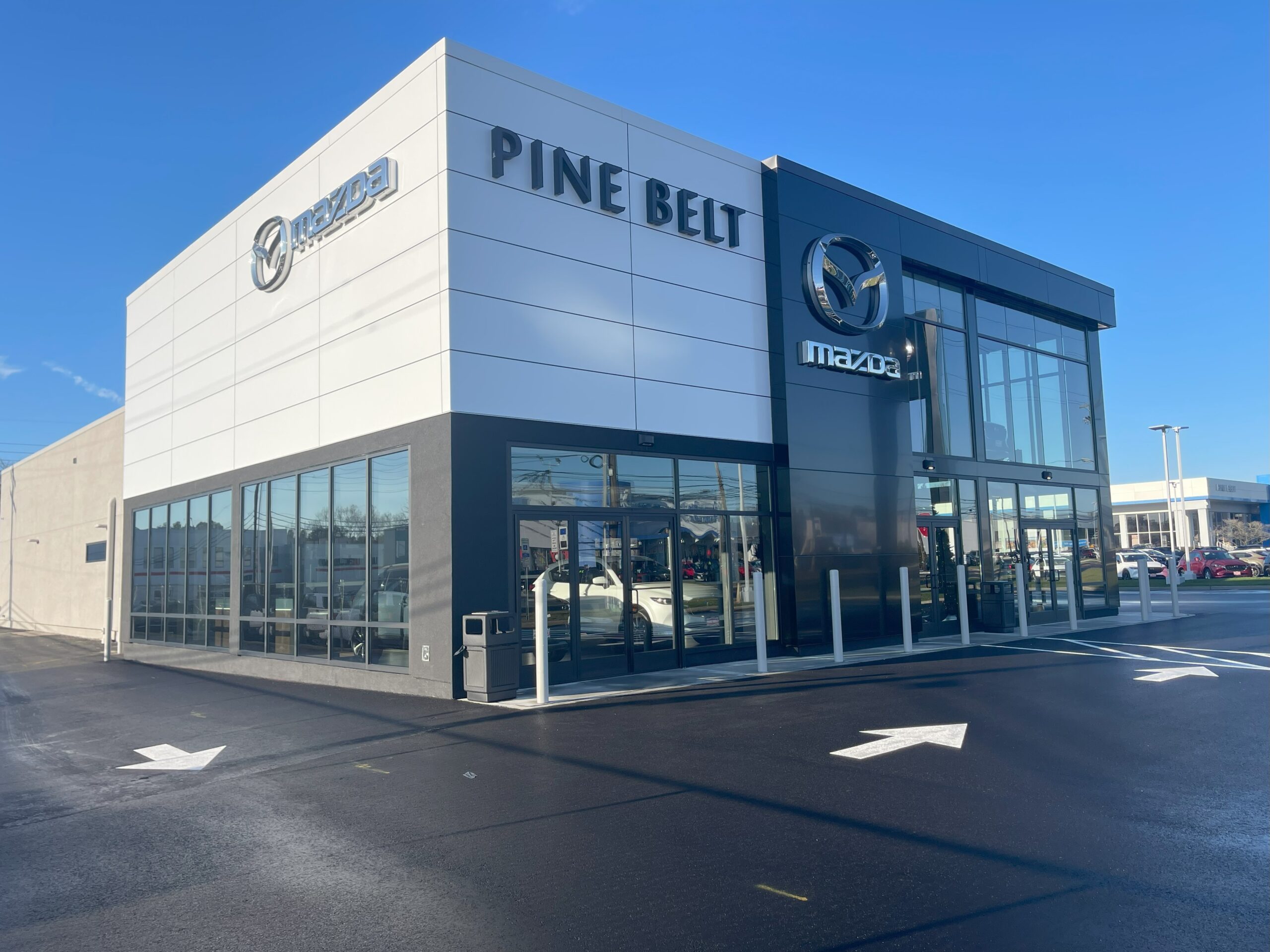
The Art and Science of Designing Car Dealerships: An Architect’s Comprehensive Approach
Designing car dealerships is a multifaceted task that involves blending aesthetics, functionality, and customer experience. In an era where the automotive industry is evolving rapidly, the design of dealerships plays a crucial role in attracting customers, enhancing brand image, and facilitating a seamless buying experience. This article explores the key elements and considerations in designing car dealerships to create spaces that not only showcase automobiles but also engage customers and reflect the brand identity.
Architectural Aesthetics
The first impression of a dealership often comes from its exterior design. Architects and designers must consider the brand's image and values when creating a distinctive facade. Modern dealerships often feature clean lines, large windows, bright lighting to showcase vehicles, and innovative use of materials. A visually appealing exterior sets the tone for the customer's overall experience and contributes to brand recognition.
Interior Layout and Functionality
The interior layout of a dealership is pivotal in creating a comfortable and functional space for both customers and staff. The showroom should be designed to accommodate a variety of car models, allowing for easy navigation and exploration. Spaces for customer lounges, service centers, sales associates, and administrative offices should be strategically placed for efficient workflow. An open layout with well-defined zones creates a sense of transparency and accessibility.
Customer Experience Centers
Car dealerships are evolving into customer experience centers where potential buyers can interact with the brand on a deeper level. Incorporating interactive displays, virtual reality experiences, and dedicated areas for test drives and delivery enhances the overall customer journey. These centers serve not only as sales platforms but also as educational hubs, providing information about the brand's technology, safety features, and environmental initiatives.
Digital Integration
In the digital age, integrating technology into dealership design is paramount. Interactive touchscreens, augmented reality displays, and digital configurators allow customers to customize their vehicles and explore options with ease. Online platforms should seamlessly connect with the physical dealership experience, ensuring a consistent brand message across all touchpoints.
Sustainable Design
With increasing environmental awareness, car dealerships are adopting sustainable design practices. Incorporating energy-efficient led lighting, solar energy production strategies, recycled materials, biophilic and green spaces not only aligns with eco-friendly values but also communicates a commitment to sustainability. Most dealerships are integrating electric vehicle charging stations and showcasing the latest in green automotive technology.
Brand Cohesion
The dealership design should align with the brand identity to create a cohesive and recognizable image. Whether a luxury brand, a family-oriented brand, or a performance-driven brand, the design should reflect these characteristics. Consistency in design elements, color schemes, and branding reinforces the brand's identity and fosters a sense of trust and familiarity among customers.
Flexibility and Adaptability
The automotive industry is dynamic, with new models and technologies emerging regularly. Dealership designs should be flexible and adaptable to accommodate changes in inventory, technology upgrades, and evolving customer preferences. Modular design concepts for furniture allow for easy reconfiguration, ensuring that the dealership remains current and competitive in the market.
Collaborative Spaces
Creating spaces that encourage collaboration between customers and staff fosters a positive and engaging atmosphere. Designing dedicated and intimate areas that still feel open for consultations, discussions, and product presentations allows sales teams to interact with customers on a personal level. These collaborative spaces contribute to relationship-building, which is crucial in the high-stakes automotive sales industry.
Efficient Service Centers
The service center is a vital component of a dealership, and its design should prioritize efficiency and customer convenience. A well-organized service area with clearly defined bays, advanced diagnostic equipment, and comfortable waiting areas enhances the overall customer experience. Incorporating transparent viewing areas where customers can witness the service process instills trust and transparency.
Regulatory Compliance and Safety
Adhering to local building codes, safety regulations, and accessibility standards is fundamental in dealership design. Ensuring that the facility is compliant with all regulations not only avoids legal issues but also demonstrates a commitment to the well-being of customers and staff.
Designing car dealerships goes beyond creating spaces to display vehicles; it involves crafting immersive environments that reflect brand identity, engage customers, and adapt to the ever-changing automotive landscape. By incorporating architectural aesthetics, digital integration, sustainability, and a focus on customer experience, car dealerships can become more than just transactional spaces—they can evolve into hubs that celebrate the culture and innovation of the automotive industry. As the automotive landscape continues to transform, the design of car dealerships will play a pivotal role in shaping the future of the industry.